Handcrafted Crystal by J.Hill’s Standard
Anike Tyrrell’s vision to revive Waterford’s legacy through modern glassware, created in collaboration with Scholten & Baijings and Martino Gamper

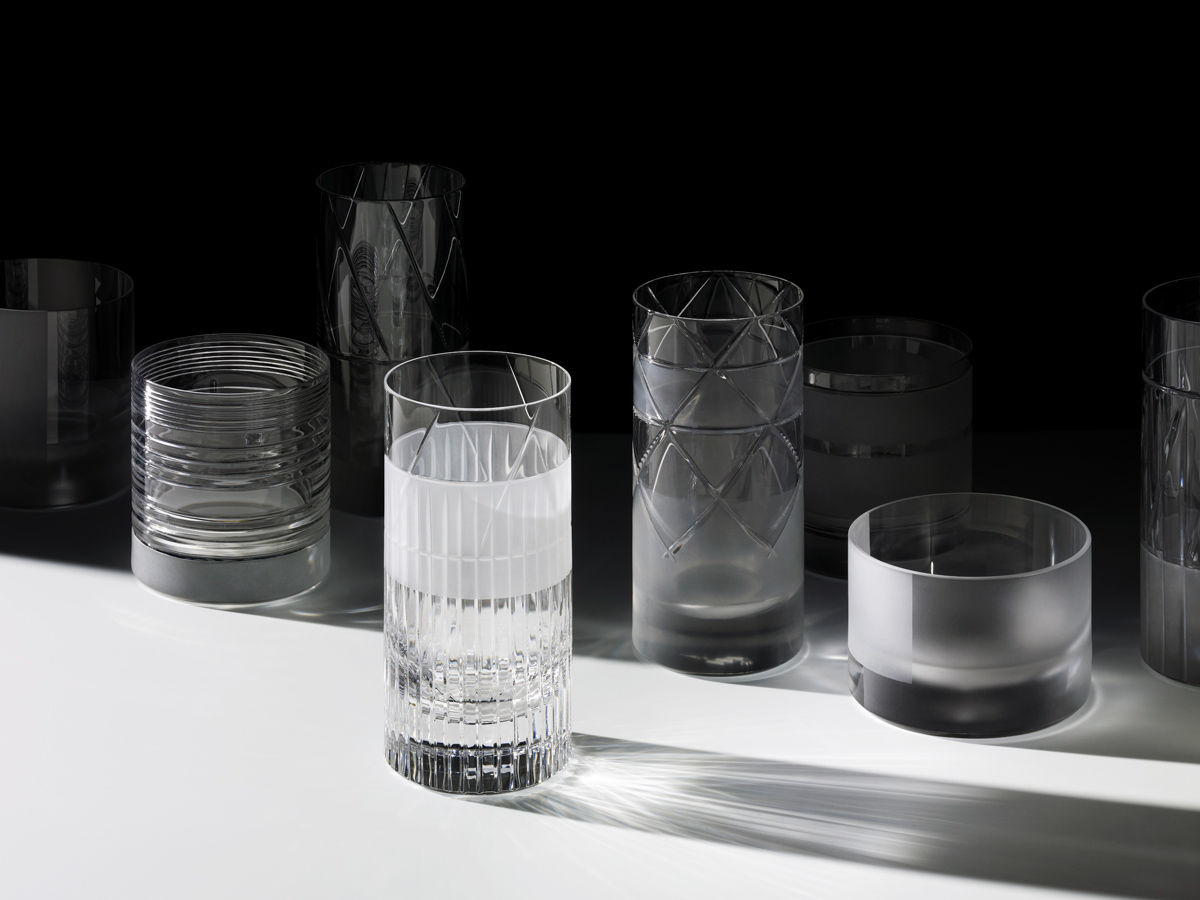
When Waterford native Anike Tyrrell founded J.HILL’s Standard she had a view in mind to revive an industry that she had personally seen diminish over two decades. For many years, Waterford, Ireland, was synonymous with Waterford Crystal—the masterfully made glassware that stood as a symbol of handcrafted prestige. While Waterford the brand may have reached a fever pitch many years ago, Tyrrell did not want the legacy to cease, or the skill sets. J.HILL’s Standard was born—and named after a master crystal worker for Waterford during the 18th century. We saw the two collections debut at this year’s London Design Festival, but now they are available for purchase at NYC’s Atelier Courbet. We spoke with Tyrrell for the fuller picture on saving a respected craft.
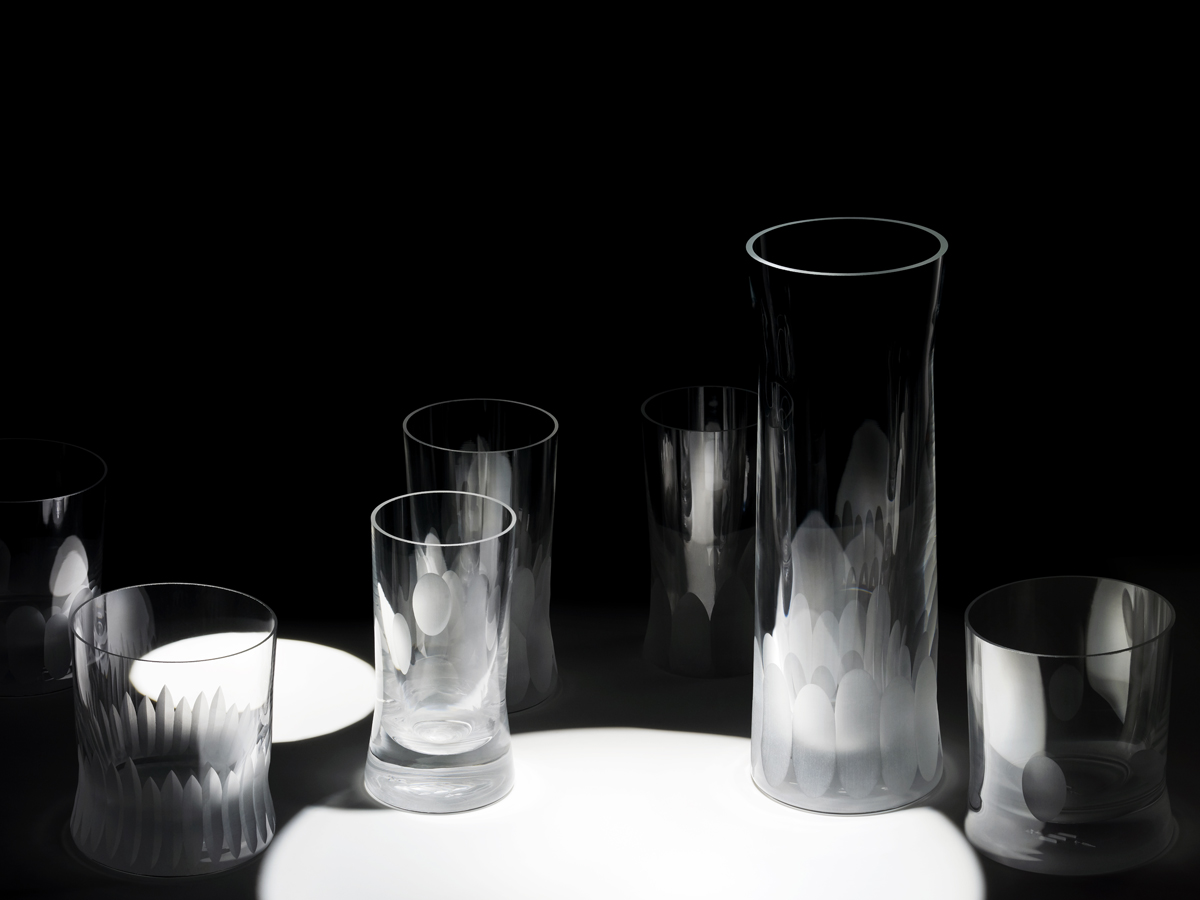
“I have worked for some time in enterprise and rural development in the Waterford region, and was interested in preserving the skill of glass-making in the area,” Tyrrell shares with CH on the impetus of the company. “At one time over 3,000 craftworkers were employed in the region making glass, and this has dwindled to small numbers. As much of the industry globally has moved toward machine making (with some notable exceptions like Lobmeyr), it struck me that there was potential to revive mouth-blown and hand-cut glass for a new user who would appreciate the time and skill involved in making glass.”
It is the glass-making process that wowed Tyrrell: “Blowing is hot and demands great speed to conquer both gravity and fragility to set a thing of beauty in a solid state. It struck me too that there was much to do in the area of re-imagining the embellishment of glass in ways that would push the medium. Making glass is fascinating.”
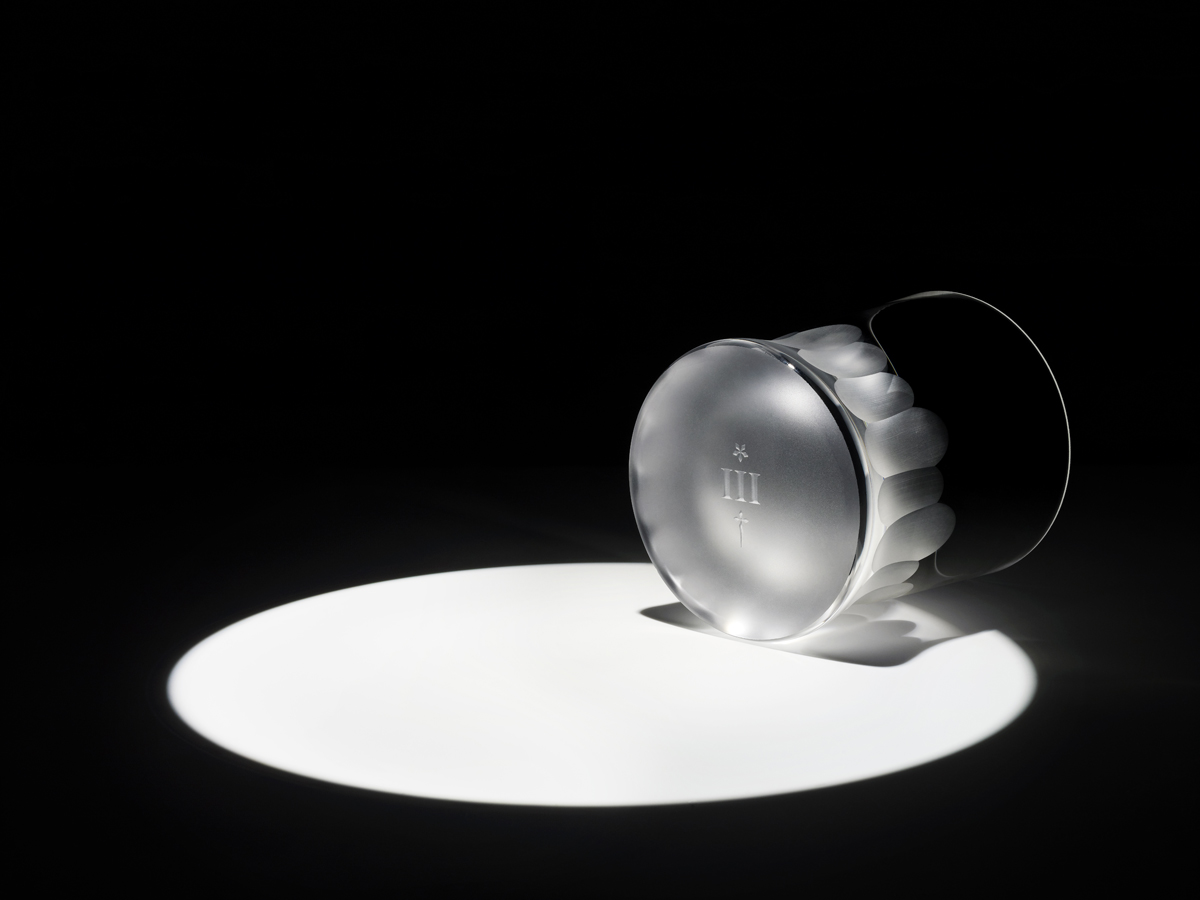
There was a moment where Tyrrell realized that not only could she take matters into her own hands, but that she needed to do so. “It struck me in conversation with an engineer who had spent a lifetime in the industry that he and many others had a genuine feeling of ‘Why would you make glass by hand when you can make it so much more perfect by machine?’ It was an interesting view which challenges everything about what constitutes ‘perfection’—the Japanese idea of Wabi Sabi or perfection in imperfection—and also, what constitutes the value in the end piece in terms of its beauty and utility, and the skill which goes to making it.”

J.HILL’S Standard launched with two collaborative collections designed respectively by London-based Martino Gamper and Amsterdam-based Scholten & Baijings. Working with the modern design studios became a fundamental element of Tyrrell’s larger vision for pushing the medium forward, while the master craftsman in Waterford ensured each glass is a true reflection of their dedicated craft. Tyrrell tells us, for example, the hand-cutting alone for each Scholten & Baijings glass takes almost seven hours to complete.
Tyrrell says that both design studios “immediately responded to the idea of helping to revitalize the industry” but for the collections, “it was vital to realize designs which were in no way derivative of existing tropes in the craft but which laid down a marker of a creative approach and commitment to design which we will continue.” Therein, collectively they bring a modern touch to a historic industry.
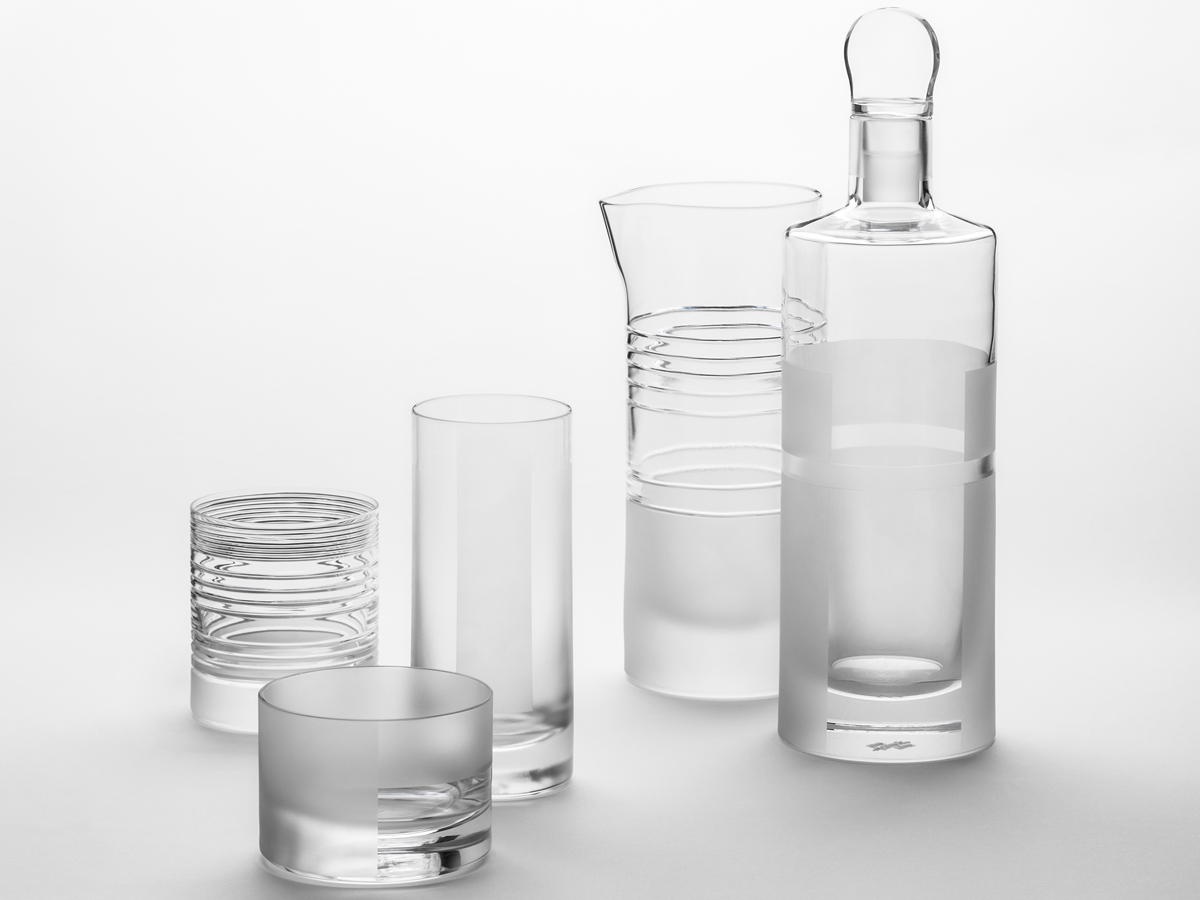
And this is something she will continue to do, “by building carefully on what already exists, accepting the limitations that we now have to work within, working steadily towards the goal of adding new skills and innovative processes where we can.” She admits that there are plenty of challenges ahead, but also notes that “there is a great deal to gain and learn from exploring collaborations with the global community of glass makers (each of whom tend to specialize in different spheres of skill), and with designers who are equal to the challenge of taking a new approach to the medium.”

Our plan is to use what skills remain in the area and to build on those through apprenticeships and collaborations with other glass houses.
There’s a distinct quality about J.HILL’S Standard, and it all goes back to the skilled craftspeople as well as Tyrrell’s unfaltering vision for what they can achieve. “The ambition of J.HILL’s Standard is to create functional pieces which are usable and accessible and which actively explore new approaches to the making of glass. Our plan is to use what skills remain in the area and to build on those through apprenticeships and collaborations with other glass houses. We want to exchange skills and build a more robust base level of ability here in Ireland, but also to support the industry where it is suffering closure in other renowned making areas such as Finland (with whom there is a long-standing collaboration with Ireland) and the Czech Republic (where John Hill’s family originated as broad [window] glass makers).” Authenticity is key to Tyrrell and the brand, as well as fostering imagination.
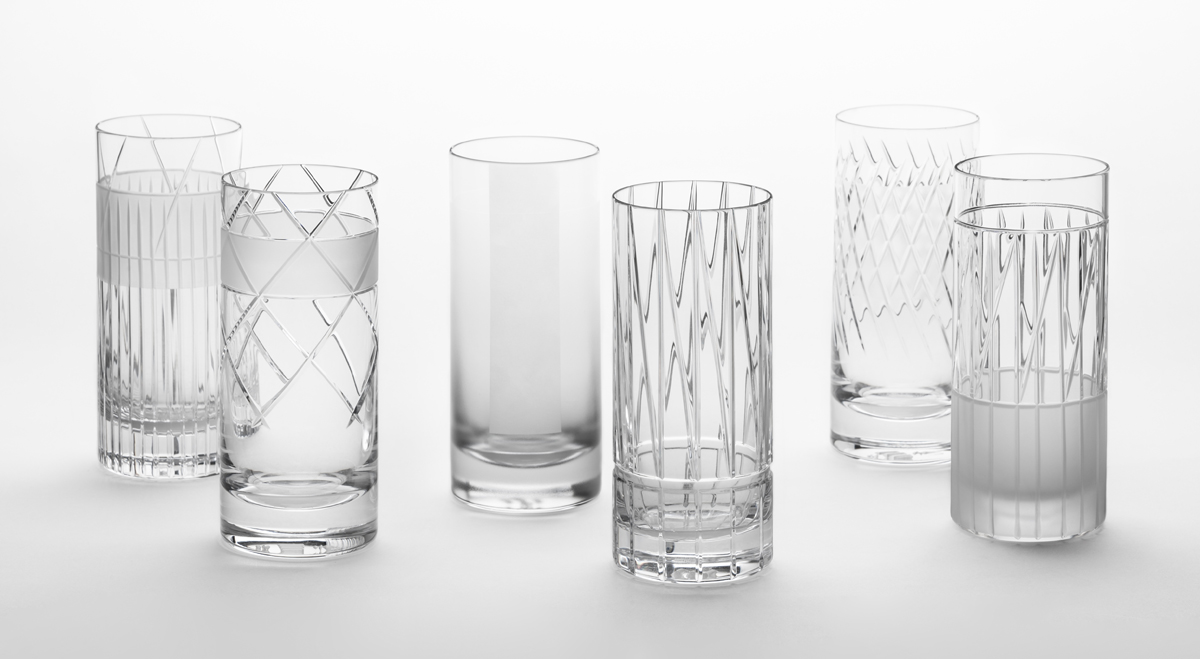
Tyrrell concludes that next they “plan to produce both our existing designs and ‘free pieces,’ which will allow us to work on creating glass which will continue to be functional but will allow us to explore the medium further. And we are working on our next collections as we speak.”
You can purchase either collection through Atelier Courbet, where prices range from $220 to $828.
Images courtesy of J. HILL’s Standard












